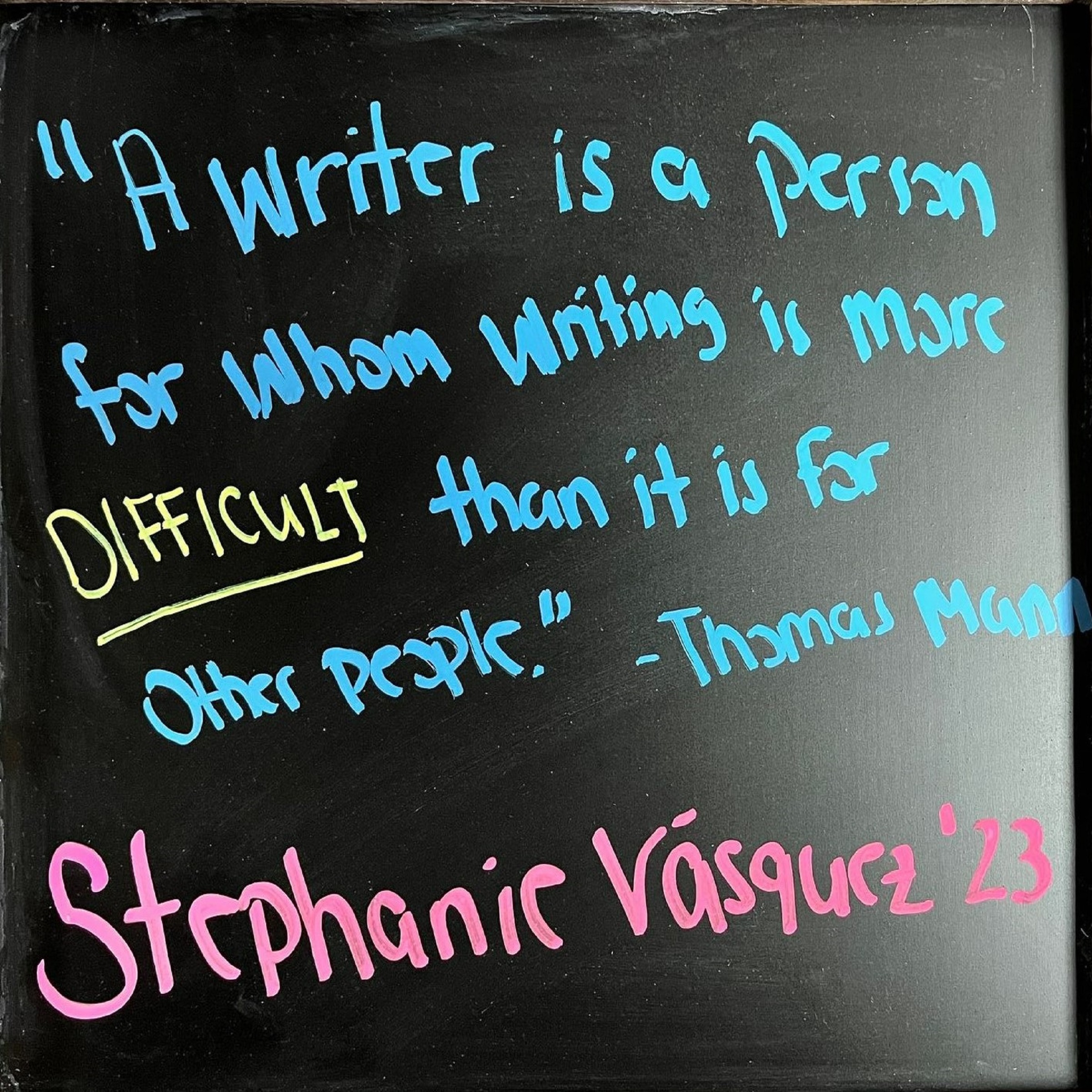In order to become a professional in your desired field, your core coursework will continuously expand not only your knowledge, but your vocabulary, so that you can comfortably navigate technical jargon and apply terminology to future settings. However, sometimes the unfamiliar terms can serve as a barrier to student success. This is particularly true when reviewing scholarly articles or trade-literature for a research paper; a limited vocabulary can make it difficult to understand the research of others, which can in turn make paraphrasing especially difficult. Considering this, one quick way to improve your writing and reading in your core coursework is to browse the EAP’s field specific Word Lists. You can then make word banks to use as you craft sentences or you can study unfamiliar terms.
This webpage is a compilation of Word Lists organized by discipline, including Business, Economics, Chemistry, Nursing, Medical, Science, and Engineering. At the very bottom of the page, there are also multi-word lists, which feature discipline specific phrases. Each entry has information about the researcher who developed the list, the year it was developed, and sample words.
Now, most of these entries link out to the specific word list, but others need to be searched in our library’s databases with the author’s information due to copyright laws.
Check it out! https://www.eapfoundation.com/vocab/wordlists/overview/
For your convenience, we’ve transposed some of the word lists here:
| The Science Word List |
https://www.eapfoundation.com/vocab/academic/other/swl/ |
| The Medical Word List |
https://www.eapfoundation.com/vocab/academic/other/mawl/ |
| The Chemistry Word List |
https://www.eapfoundation.com/vocab/academic/other/cawl/ |
| The Economics Word List |
https://www.eapfoundation.com/vocab/academic/eawl/ |
| The Computer Science Word List |
https://www.eapfoundation.com/vocab/academic/other/csavl/ |














